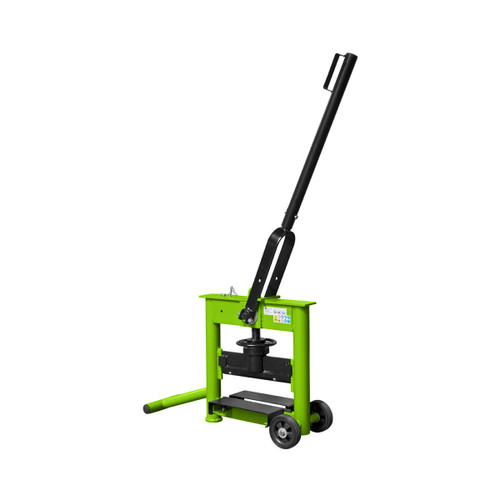Trench Rammers
Trench Rammers
Trench rammers, also known as jumping jacks or compactors, are specialized construction machines used for compacting soil and achieving a solid base. They feature a heavy-duty design with a large vibrating plate at the bottom that repeatedly impacts the ground, compacting it efficiently. Trench rammers are commonly used in applications such as trench backfilling, foundation work, and compaction of cohesive soils in tight spaces where larger compactors cannot access. Their compact size and manoeuvrability make them ideal for achieving high compaction densities in narrow trenches or confined areas.
Shop the range now with free delivery and 0% interest finance options available.
Types of Trench Rammers
Two-Stroke Trench Rammers
These trench rammers are powered by a two-stroke engine and are known for their high impact force. They are compact and lightweight, making them ideal for smaller-scale projects and narrow trenches.
Four-Stroke Trench Rammers
Four-stroke trench rammers are powered by a four-stroke engine, providing a quieter operation and lower emissions compared to two-stroke models. They are typically heavier and more powerful, suitable for larger-scale projects and tougher soil conditions.
Diesel-Powered Trench Rammers
These trench rammers are powered by a diesel engine and are known for their exceptional compaction power. They are commonly used in large construction projects where high compaction forces are required, such as roadworks and pipeline installations.
Reversible Trench Rammers
Reversible trench rammers are designed with a reversible plate, allowing them to move forward and backward. This feature makes them versatile for different compaction tasks and enables easy manoeuvrability in tight spaces.
Remote-Controlled Trench Rammers
Remote-controlled trench rammers provide enhanced operator safety and are commonly used in hazardous or hard-to-reach areas. They allow the operator to control the compaction process from a safe distance using a remote-control device.
Best Sellers
Some of the best-selling trench rammers that we stock are:
- Belle RTX60H2230S RTX 60R GXR120 Honda Petrol Trench Rammer
- Belle RTX80D Yanmar Diesel Trench Rammer
- Belle RTX60R Honda Petrol Trench Rammer
Other popular site equipment at Toolden
Check out some of the most popular site equipment at Toolden:
Please do not hesitate to contact us if you have any further questions.
FAQs
What are the key features to consider when choosing a trench rammer?
When choosing a trench rammer, key features to consider include the power source, such as two-stroke or four-stroke engine or diesel-powered, which affects performance and emissions. The weight and size should be appropriate for the job's requirements and manoeuvrability in confined spaces. Plate size and compaction force determine the coverage and efficiency of compaction. Additionally, considering features like reversible plates, remote control operation, and ergonomic design can enhance versatility, safety, and operator comfort during use.
What are the differences between two-stroke and four-stroke trench rammers?
The main difference between two-stroke and four-stroke trench rammers lies in their engine design. Two-stroke trench rammers typically have a simpler design, are lightweight, and offer higher impact force, making them suitable for smaller-scale projects and narrow trenches. Four-stroke trench rammers, on the other hand, have a more complex engine design, are generally heavier, but provide quieter operation, lower emissions, and often more power, making them ideal for larger-scale projects and tougher soil conditions. The choice between the two depends on the specific requirements of the job and desired performance characteristics.
What kind of soil conditions are suitable for trench rammers?
Trench rammers are typically suitable for compacting cohesive or granular soils. Cohesive soils, such as clay or silt, benefit from the high impact force of trench rammers to increase density and stability. Granular soils, such as sand or gravel, can also be effectively compacted using trench rammers, ensuring better load-bearing capacity. Trench rammers are particularly useful in areas where larger compactors may have limited access or manoeuvrability, allowing for efficient compaction in narrow trenches or confined spaces.

